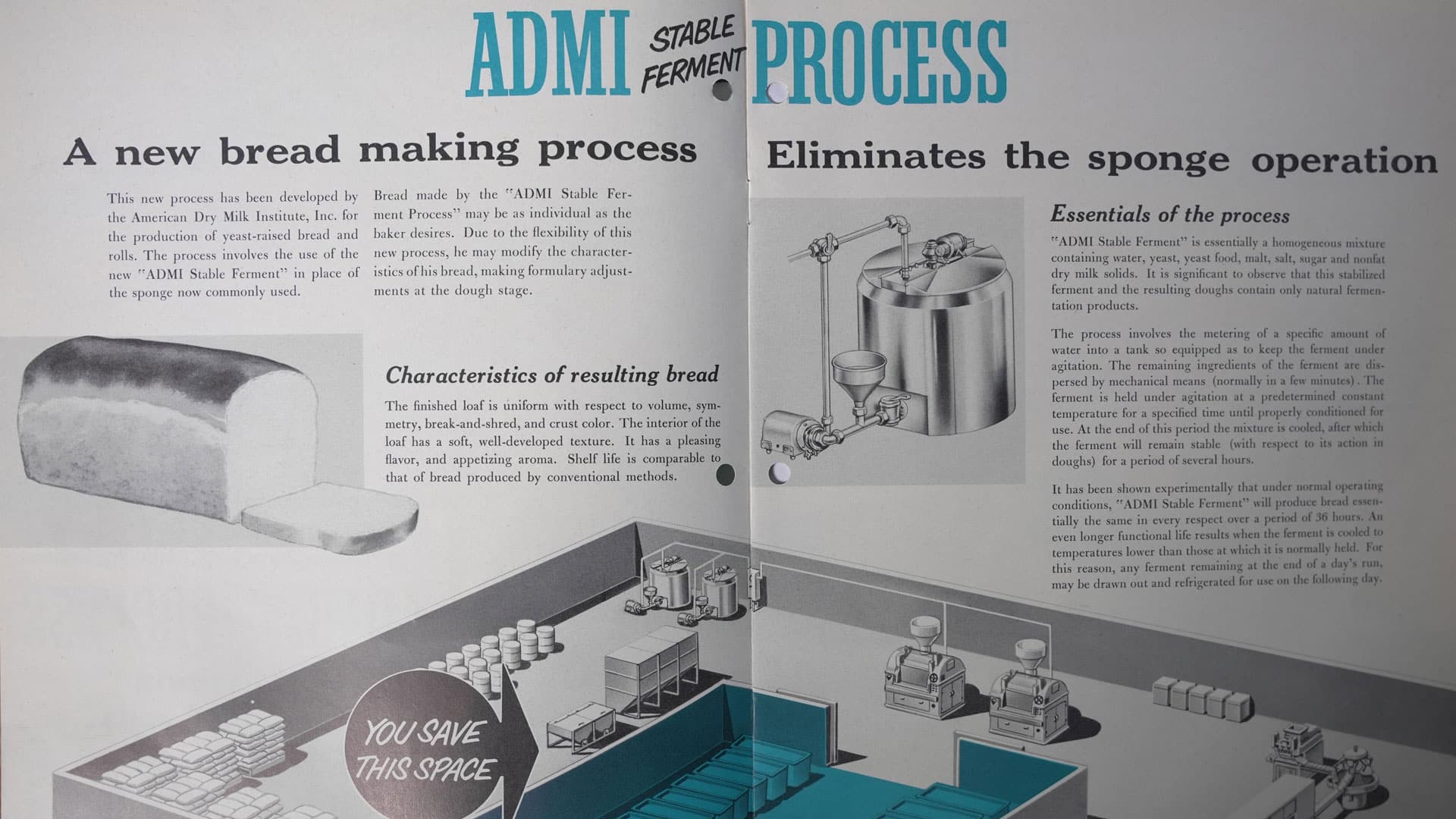
1950's
ADPI Through the Decades
1950 | ADMI 25th Anniversary
“From seventy million pounds manufactured in 1925, the industry now produces over a billion pounds of product. This increase – over fourteen-fold in 25 years – demands reemphasized and continued industry effort to expand markets and develop new uses.”
1951-1952
- Supply was down across the dairy industry 25% due to labor issues.
- ADMI continued to invest in research projects, its members, and the value of milk in the health of human beings.
- Demands for product innovations continued from the US Army and Air Force to provide high qualityFocus on doing things well and producing a product acceptable to consumers More milk and milk products, such as increasing the use of dry milk in bread up to 12%.
Consumer packaging of nonfat dry milk solids for home use was accomplished and sales were advancing.

1954
ADMI developed the groundbreaking “Stable Ferment Process” – a homogenous mixture containing water, yeastYeast are in the fungi kingdom along with molds. Yeasts are single, oval shaped cells that are known for
converting sugars into alcohol and carbon dioxide. Saccharomyces and Candida are example yeasts., yeastYeast are in the fungi kingdom along with molds. Yeasts are single, oval shaped cells that are known for
converting sugars into alcohol and carbon dioxide. Saccharomyces and Candida are example yeasts. food, malt, salt, sugar and nonfat dry milk solids.
ADMI applied for and was issued a patent for the procedure, which was described as one of the greatest changes that has ever effected the baking industry.
1955
- Instant, soluble, nonfat dry milk was introduced, starting the drive and trend towards “instantized”-like dry mixes.
- ADMI opened a training post in Chile to develop the bread industry. The school opened in January 1955 and ran in 20-week sessions.
1956
- Continued development of ingredient standards for Grade A dry milk, dry milk products, whey proteinProtein in milk that remains in water phase after casein precipitates. More nitrogen, and instant nonfat dry milk.
- Development of an industry wide program to control and eradicate insects.
1957
The newest standard for Instant Nonfat Dry Milk was published.
Of Note for the 1950s | Legal Work In States
Throughout the 1950s, states were trying to implement their own laws with regards to labels, grading requirements and more. ADMI, on a regular basis, led the charge to ensure that individual states were not creating their own standards and ensuring that in the US, ADMI standards should be recognized across the dairy industry. There were many days in court, and days spent traveling and engaging with state governments to agree that a nation-wide effort to agree on standards was more important than state-based.
